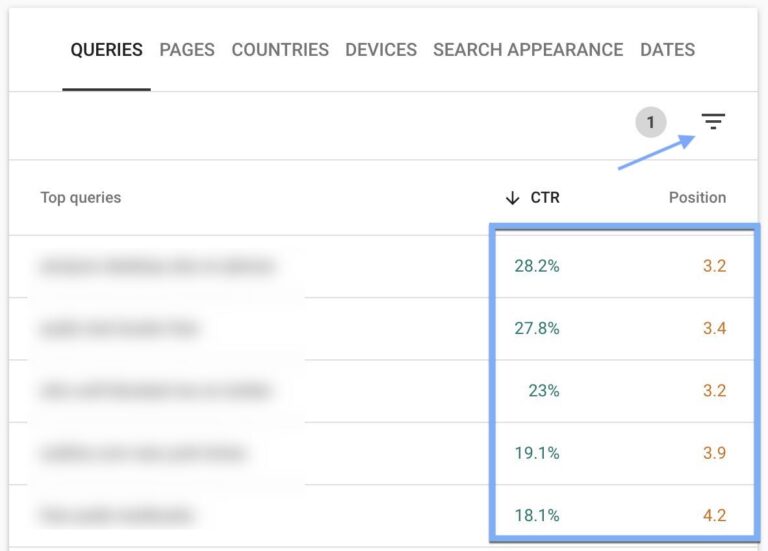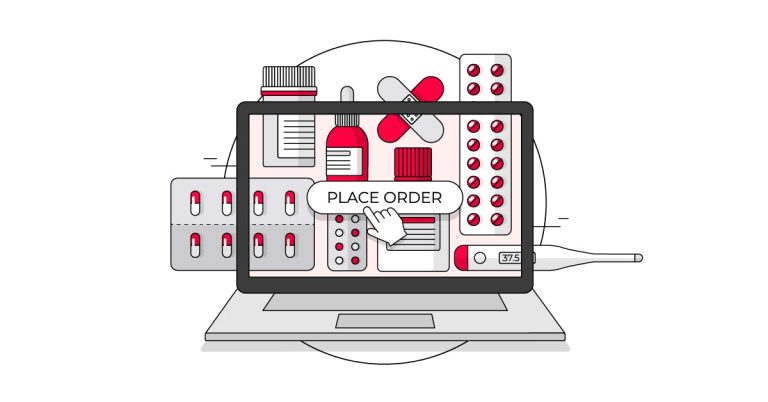
Now that you’ve decided to change software, how do you select the replacement?
Likely your current package has other users with the same problem as yours. Many packages have a support network or community forum. Search this forum or ask a question. You may find a similar business that had the same issue and fixed it. If so, call the staff of that business. There’s nothing to lose. At worse, they decline to help.
Obstacle?
Recently I read about a business that sold items to students. It had identified a new product range with strong appeal to a segment of international students, but not local ones. The company’s marketing plan and its advisors recommended separate websites for each student demographic — with pages, pictures, and language to fit that segment. Forecasts suggested that a generic website would be ineffective. However, the owner refused because the software could not accommodate separate sites. The software determined the business plan.
Certainly changing software can be difficult. But it’s necessary when requirements evolve. Any business that does not adapt to the market is doomed to fail.
If you don’t have the right tool for the job, get another tool.
It’s unlikely that you are the first to incur a particular ecommerce problem. Others have had it too and are willing to help.
Such forums exist. I’m a moderator of a general business forum in the U.K. It’s an invaluable resource where like-minded business owners advise each other and warn of pending changes to U.K. laws. Practical Ecommerce’s new CommerceCo community is an option. Regardless, search for one that’s suitable for you. Make sure that it is relatively popular so that posts get replies within a reasonable time.
Similar businesses have much in common with yours. For example, they likely have lost deliveries, customer complaints, changing tax laws, and so on. A community of non-competing ecommerce businesses can be the best way of locating suitable software and what works and does not work in the real world.
I am a believer in using software packages rather than custom applications. Functions such as accounting, customer management, and ecommerce are all standard. Most packages for those tasks will cover 90 percent of what’s needed. If the package does not cover a business practice, I typically recommend changing the practice, not the package.
The traditional method is to search on Google for suitable alternatives, shortlist likely candidates, read reviews, and determine the cost. All very sensible.
The Solution
If you don’t have the right tool for the job, get another tool.
At best, you will have found new friends and advisors, people who know what you are going through and can share their experiences for no cost.
At best, they disclose their new software, how it differs, the migration process, and whether it was worth doing. All insights would be invaluable, saving much time and money.
As a company grows, so does its reliance on software. The right software drives efficiency and profits. It can lower employment costs.
That is crazy.
All too often ecommerce merchants think they’re alone… The truth is the opposite.
Change, however, requires planning. Do not rush a change, especially for critical functions. Most retail ecommerce businesses have a quiet period in February and March. That is likely the best time to replace software. Slow sales provide an opportunity to run both versions in parallel to prove the new one works and that it’s right for your company’s future.
Nonetheless, software cannot become an obstacle. It cannot prevent a business from growing or evolving. When it does restrict growth, change your software.
All too often ecommerce merchants think they’re alone, with unique and unsolvable problems. The truth is the opposite. There are millions of ecommerce businesses worldwide. Many are similar to yours. Most are not competitors. They are a huge untapped resource.
There is another way, however.
Your business must remain profitable. Your software is just a tool. It should never determine what you do and how you do it to the detriment of your success.

![What is Google Analytics 4, and Why Should You Implement it ASAP? [Updated]](https://research-institute.org/wp-content/uploads/2021/04/what-to-know-before-you-sell-your-small-business-768x432.png)


